Oral(Mouth) Cancer: Symptoms, Bleeding, Treatment and Diagnose
What kinds of cancers are found in the mouth?
The cancers of the mouth (oral cavity) include the lip, tongue, floor of the mouth, cheeks (buccal mucosa), and gums (gingivae).Who is at high risk to get cancer of the mouth?
This cancer is predominantly found in men between the ages of 60 and 70. People who are heavy smokers (more than a pack a day), drink alcohol heavily, are over 45, and have a family history of this kind of cancer are at a higher risk to develop cancers of the oral cavity, the mouth, and the throat.Is cancer of the mouth easy to detect?
Yes, it is usually discovered early, since it can be seen easily. White patches (leukoplakia), velvety red spots (erythroplasia), or dark patches are symptoms which should be seen by a doctor, who will do a biopsy of them. Many cancers of the mouth are first discovered by dentists.What are the symptoms of oral cancer?
The warning signs of oral cancer are as follows:• A lump in the cheek that can be felt with the tongue
• Sore spot or ulceration of lips, tongue, or other area inside the mouth that does not heal in 2 weeks
• White scaly area inside the mouth
• Swelling of the lips, gums, or other area inside the mouth, with or without pain
• Repeated bleeding in the mouth with no apparent cause
• Numbness or loss of feeling in any part of the mouth
What is leukoplakia?
Leukoplakia is a fairly common condition among people who smoke. It is not cancerous, but it can become cancerous especially if it is continually irritated, as by smoking. It occurs as a white thickening or patches on the lip, on the tongue, or in the mouth. It replaces the normal, pink mucous membrane of the mouth. It may be flat or elevated and its edges may be sharply outlined or poorly defined. It may be found in one small area of the mouth or in several parts. Sometimes it is called smoker's tongue or smoker's patches. Poorly fitted dentures can also be irritating to leukoplakia. If you have this problem, it is important to have the dental defect taken care of.Are the white patches usually removed?
It depends upon the extent of the patches. The patches may be removed with an electric needle, using local anesthesia. If there are many of them, you will need several treatments to take them all out. You can also have them removed surgically or with cryosurgery. They usually require either local or general anesthesia and an overnight stay in the hospital.What is Plummer Vinson syndrome?
Plummer Vinson syndrome is a wasting away of mucous membranes of the mouth, pharynx, and esophagus caused by deficiencies in the diet. It is a noncancerous condition that tends to become malignant. It frequently precedes mouth cancer.What is torus palatinus?
Torus palatinus is a bony growth in the middle of the hard palate in the roof of the mouth. It is a benign tumor which can grow to an inch or more in diameter. It grows slowly and you may not notice it. Unless you are having some problem with it, such as in fitting dentures, it is usually left alone. If necessary, it can be surgically removed. The operation can be done under local anesthesia. The membrane of the palate will be opened, the excess bone chiseled away, and the membrane stitched together.Is bleeding in the mouth a sign of cancer?
Repeated bleeding of the mouth without cause is a sign of some kind of problem. If it has been going on for 2 weeks, you should have it checked by a doctor or a dentist. Most cases of bleeding in the mouth are not cancerous.Can I examine myself for oral cancer?
Yes, it is possible for you to examine yourself for oral cancer. There are six areas of the mouth lips, cheeks, gums, tongue, roof, and floor which should be examined. A welllit mirror, a gauze pad or handkerchief, and clean hands are all that are needed.• Check your lips, cheeks, and gums, looking for changes in the normal color. Look for areas of red, white, or blue. See if there are any scabs, cracks, ulcers, or areas of swelling or bleeding. You should feel for sore spots, numbness, bumps, or thickening within the tissues of your lips and cheeks. Feel your gums to see if there is any swelling, numbness, soreness, or a loose tooth.
• Look at your tongue. Stick it out as far as you can. Examine the tip, the top, the bottom, and edges. You are looking for white patches, velvety red spots, ulcers, or swelling. Feel the tongue to see if there are any lumps, sore spots, or lack of movement. Extend the tongue in all directions by grasping it with the gauze pad or handkerchief.
• Check both the floor and the roof of your mouth. Look for lumps, swellings, or soreness. Feel along the sides and as far back as you can go. Tilt your head back and look at the front and back of the roof of your mouth in the mirror. If you have any problems that last for more than 2 weeks, you should see your doctor or your dentist. Although these signs don't always mean cancer is present, they are warning signals.
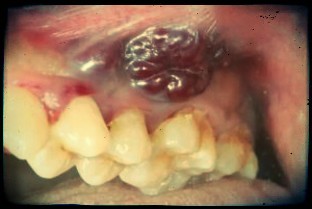

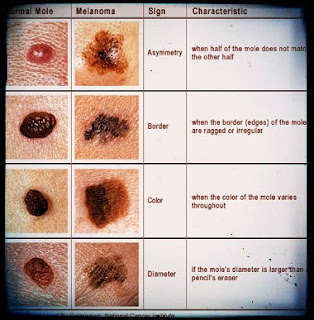

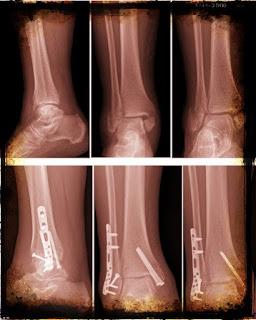


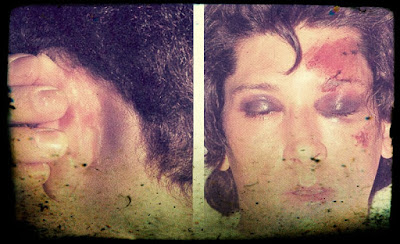
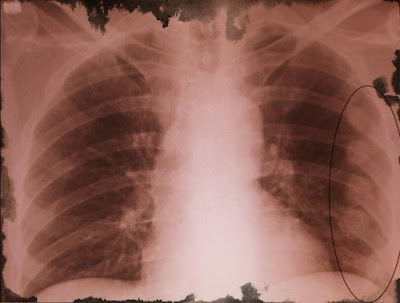
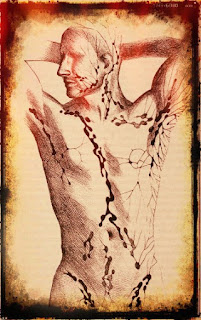

Comments
Post a Comment